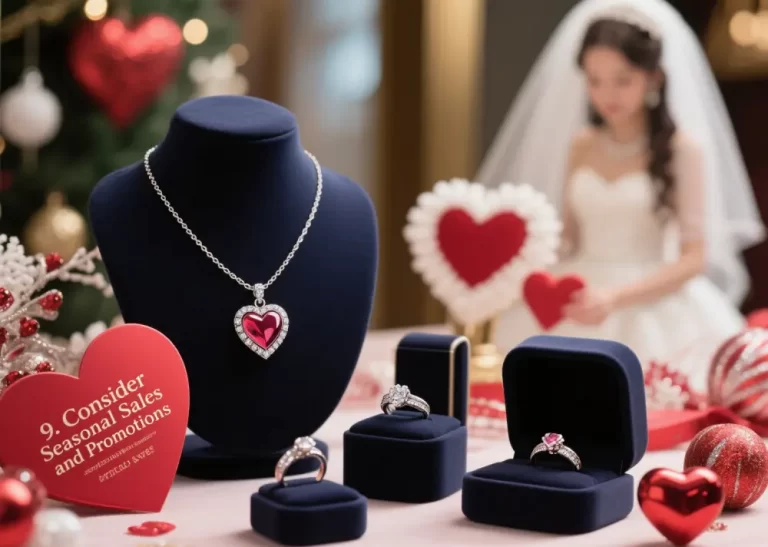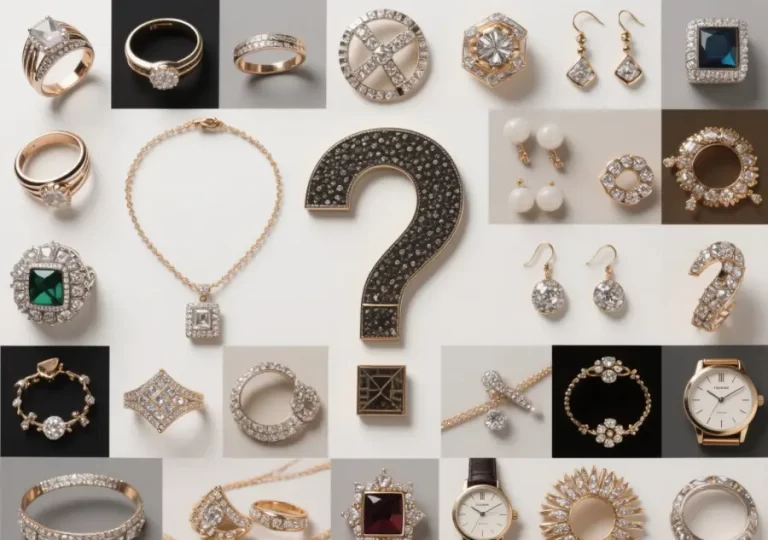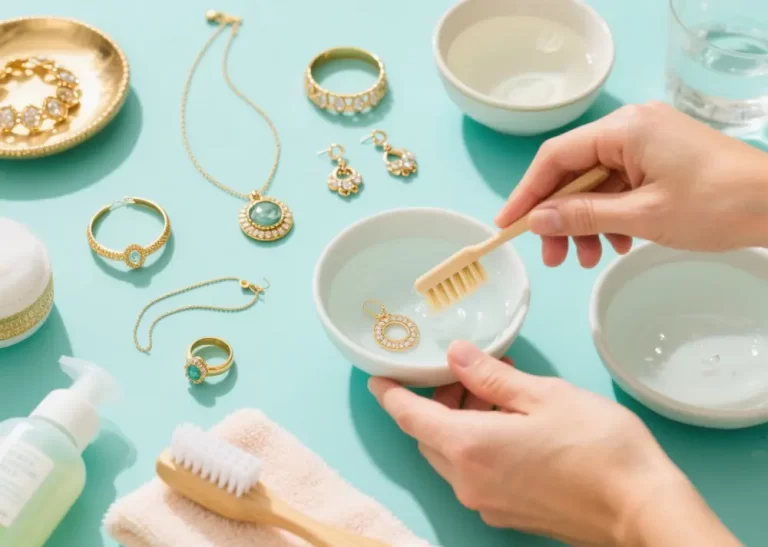
Why Does Jewelry Turn Your Skin Green? Understanding and Prevention
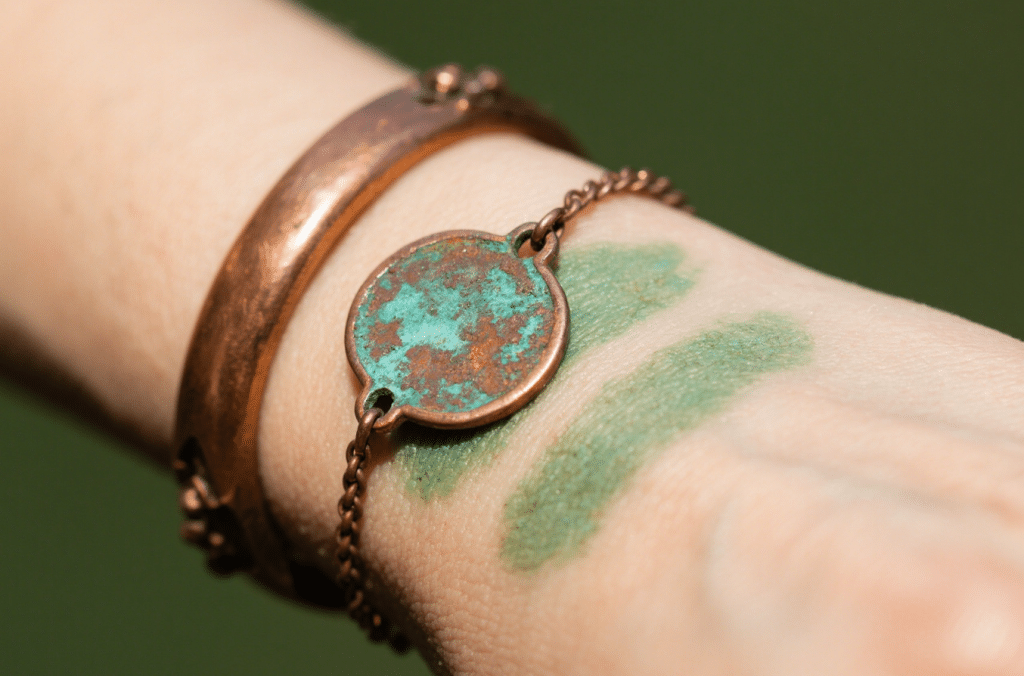
Why Does Jewelry Turn Skin Green? Have you ever looked down at rings or bracelets on your hand and noticed that your skin had a greenish tint? Understanding and Prevention
If you take off your favorite ring or bracelet and see a nasty green line on your skin, you’re not alone — this is a common occurrence with jewelry lovers. That green staining is a common source of inquiries into jewelry quality and health risks. So what is happening and practical ways to prevent it from happening?
The Science Behind Why Does Jewelry Turn Skin Green
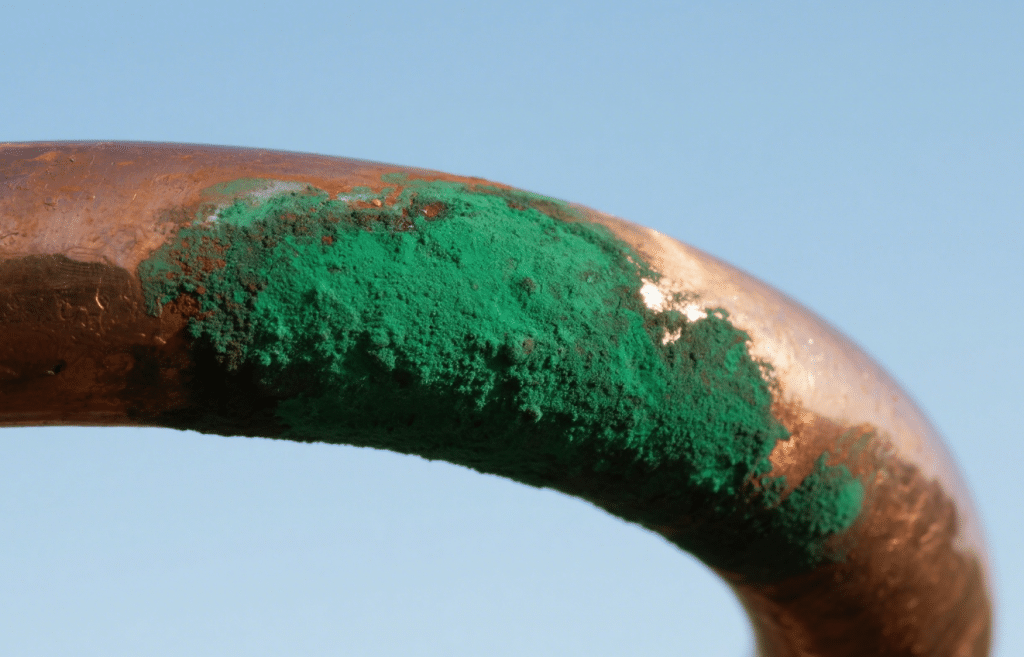
Understanding why does jewelry turn skin green requires looking at basic chemistry. Copper, a common metal in many jewelry pieces, is the main cause of the green stain. Copper undergoes oxidation when it reacts with moisture, oxygen and even the acids that are naturally present in your sweat. This chemical reaction produces copper chelates – compounds in which copper ions are bound to other molecules. These copper chelates are absorbed through the skin unlike pure copper and cause that green discoloration right?
Your body absorbs only as much copper as it needs, and excess copper chelates that aren’t absorbed start to plicate your skin green. That’s why the discoloration usually shows up precisely where the jewelry comes into contact with your skin.
The chemistry of your own body has a lot to do with whether or not your skin will turn green when you wear certain types of jewelry. Things that contribute to this reaction:
- The makeup of your sweat (which differs between individuals)
- Skin pH levels
- Medications you may be taking
- Skincare products used
- Humidity and temperature are environmental factors
Now, this is why some of us can wear copper-containing jewellery with no problems at all, while some develop the characteristic green marks almost immediately. You see, everyone has a different body chemistry which gives a unique reaction to the metals in your jewelry.
Common Materials That Explain Why Does Jewelry Turn Skin Green
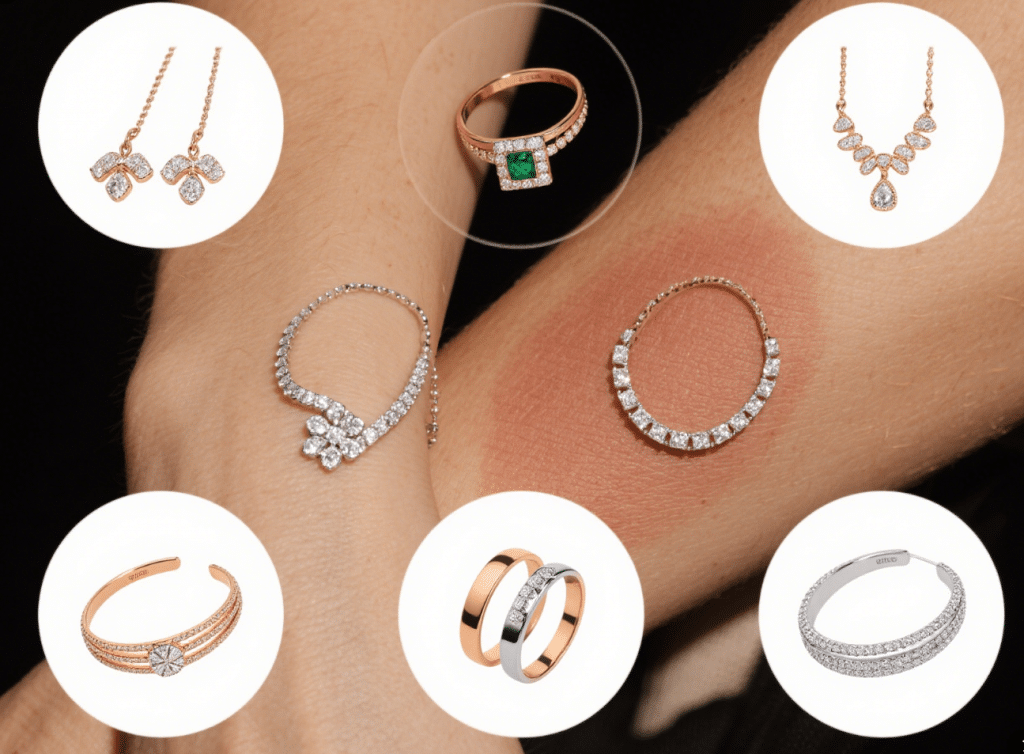
The following metals and alloys, among others, are known to tint the skin:
- Copper: The main metal causing green skin color.
- Brass: A mixture of the metals copper and zinc that is used in costume jewelry.
- Bronze: A mixture of copper and tin.
- Sterling Silver in itself does not tarnish (pure silver does not corrode and discolor) but sterling silver (which by definition is 92.5% silver and 7.5% of other metals, typically copper) can still turn some skin green due to the copper in it.
- Gold-Plated Jewelry: If and when the plating wears down, the base metals (often copper alloys) can react to skin.
Safe Jewelry Alternatives
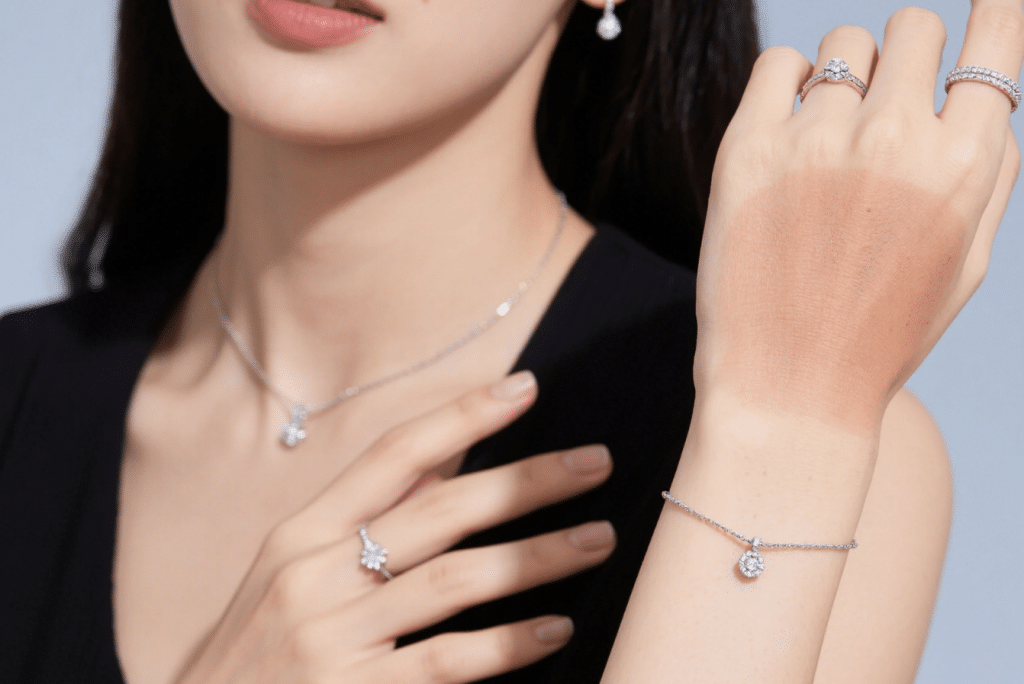
If dealing with green skin makes you want to pull your hair out, consider these metals that are less likely to cause discoloration:
- Platinum: A naturally occurring white metal that seldom causes any form of skin reaction.
- Titanium: Lightweight, strong, and hypoallergenic.
- Surgical stainless steel: Like the ones made by Honho Jewelry – These metals are resistant to corrosion and oxidation.
- Rhodium-Plated Jewelry: Rhodium acts as a barrier between skin and reactive metals.
- High-Karat Gold: 18k gold and above has lower copper and other reactive metals.
Their skin-friendly metals include titanium and sterling silver, the best metals to pair with difficult to wear and harmful metals, which means you can wear their jewelry without the worry of green stains.
Prevention Methods
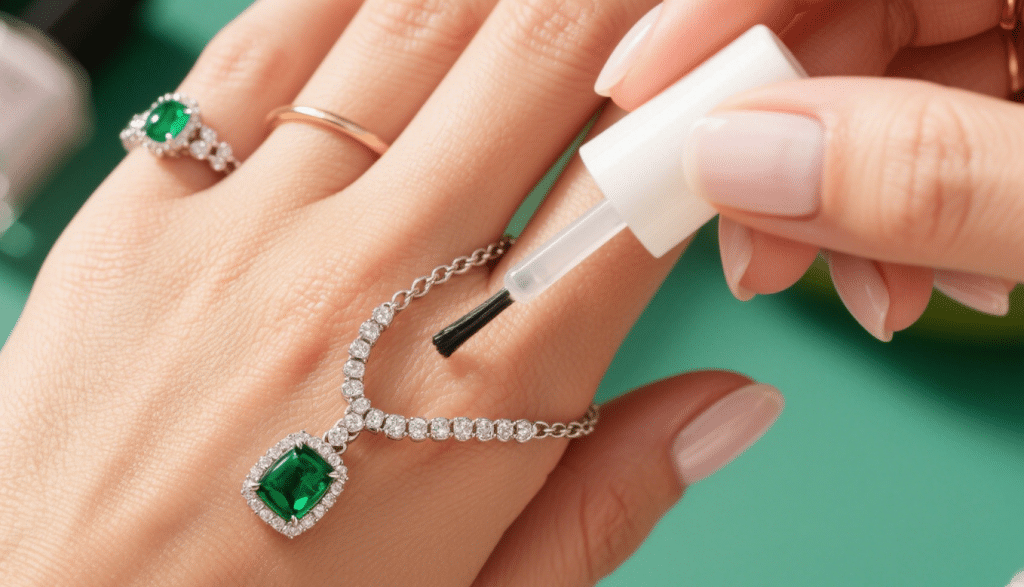
It does not mean having to sacrifice your favorite pieces of jewelry, however. So, here are some useful tips to avoid those green skin patches:
For Existing Jewelry:
- Coat with Clear Nail Polish: A thin layer of clear nail polish on the part of the jewelry that touches your skin can act as a barrier to the chemical reaction. Make sure to reapplied every couple of weeks as the coating wears off.
- It is best to keep jewelry dry; remove jewelry before swimming, showering, or other activities that induce heavy perspiration, since moisture helps speed up the oxidation process.
- Clean Frequently: Regular cleaning eliminates sweat, oils, and other substances that may react to create that reaction. Dry product carefully or use a jewelry cloth or mild soap and water.
- Professional Coating: Jewelers such as Honho provide special coatings that last much longer than do-it-yourself products such as nail polish.
For New Purchases:
- Select Quality Metals: Look for platinum, titanium, surgical stainless steel, or high-karat (18k or higher) gold jewelry.
- Choose Rhodium Plated Jewelry: Some jewelers offer rhodium plating, a process that adds a shiny satin finish to your pieces, and that protects your skin from reacting to metals in your jewelry.
- Look For Hypoallergenic Options: Many companies that specialize in hypoallergenic jewelry—like Honho, for example—use materials that have been tailored not to react with skin.
Essential Jewelry Care to Prevent Green Skin Discoloration
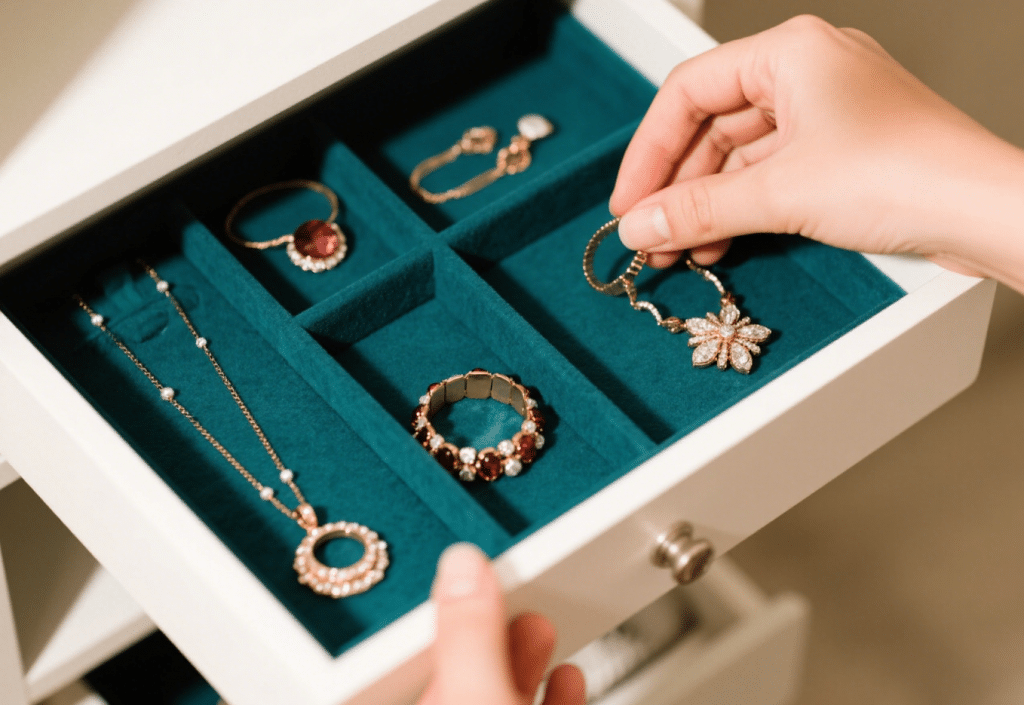
To properly care for your jewelry so that skin discoloration is a very rare occurrence:
- Store in a Cool, Dry Place: Store your jewelry in separate pouches or compartments to minimize scratching and exposure to air, which causes oxidation.
- Use Silica Gel Packets: In the same way these little moisture absorption pouches can be placed in your jewelry box.
- Remove Before Applying Products: Remove your jewelry before putting on lotion, perfume, or other skincare products because these can react with the metals and speed up the oxidation process.
- Regular Maintenance: Plated jewelry can be recoated, so if you notice the plating wearing off, have it replated. Honho Jewelry provides low-cost replating services to get you years more wear out of your favorite pieces.
Affordable Quality Options
Many brands offer inexpensive, non-reactive jewelry:
- Honho Jewelry:All jewelry is 100% affordable, water-safe, and hypoallergenic and available for everyday wear.
- Stainless Steel jewelry: Somewhere between expensive gold and cheap metallic.
- Titanium Accessories: Easy, super-light, hypoallergenic and price can vary.
- Rhodium-Plated Options: Several mid-range jewelry brands create rhodium-plated items that don’t tarnish or irritate the skin.
Frequently Asked Questions About Why Does Jewelry Turn Skin Green
The green color on my skin is dangerous?
No, the green discoloration is simply a cosmetic nuisance – and not a health risk – for most people. The reaction is not, typically, an allergic reaction, but a normal chemical reaction. The green stains wash off easily with soap and water.
why does jewelry turn my skin green?
Product descriptions will usually detail what most brass, bronze, and copper jewelry is made from. Sterling silver contains copper, and many gold-plated items are made with copper alloys as the base metal. If you’re not sure, ask a jeweler, such as those at Honho, to help identify the metals in your piece.
Will my skin turn green if I wear expensive jewelry?
The price of jewelry is no guarantee that it won’t turn your skin green. The copper in even high-quality sterling silver can cause discoloration. It’s not the price point, it’s also the specific metals that are being used. Honho Jewelry prides itself on the quality of its materials, which the shop says won’t dye your skin green.
How long does the clear nail polish method last?
The clear nail polish barrier normally lasts 1-3 weeks depending on how often you wear the jewelry and what conditions you wear it in. It needs to be reapplied regularly in order to preserve the barrier.
Am I allergic to the green discoloration?
The green coloring itself is not generally allergenic. But if you develop itching, rash, blistering or pain, you could be having an allergy to a different metal in the jewelry (most commonly nickel) — not just an allergy to the copper oxidation process. In both cases, it’s best to discontinue wearing the jewelry and consult a dermatologist. Honho has nickel-free options for the sensitive-skinned.
Is gold jewelry green skin?
Pure gold (24k) will not turn your skin green, however, the majority of gold jewelry is not pure gold. Depending on those metals (copper is popular and can cause the green), lower karat gold (10k, 14k) has more of them. This reaction is less likely to occur with 18k gold or higher jewelry, such as those made by Honho.
why does cheap jewelry turn skin green
Cheap jewelry turns skin green because it contains copper that reacts with your skin’s oils and sweat. This harmless reaction (called oxidation) creates green copper compounds. To prevent it, coat jewelry with clear nail polish, keep it dry, or choose better materials like stainless steel or sterling silver.
Why Does My Jewelry Turn My Skin green?Conclusion
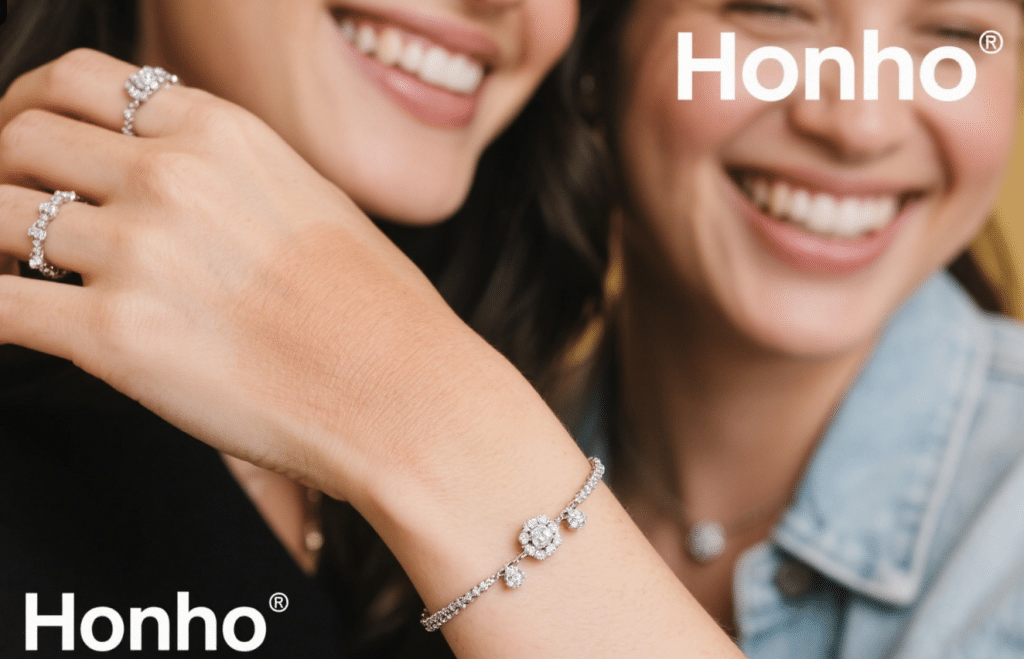
In Genernal, Most cases of green skin from jewelry are actually a chemical reaction that occurs when copper interacts with your unique body chemistry. Though it’s usually benign, there are many steps one can take to avoid it via appropriate jewelry choice, protective strategies and frequent maintenance.
Key to knowing the science behind this reaction allows you to better know your jewelry purchases and care routine. So whether you opt to purchase high-quality metals from Honho Jewelry, use a protective coating, or simply accept occasional green marks as a side effect of wearing your favorite pieces, you now know how to solve this classic jewelry problem once and for all!
HonHo Jewelry, like many brands, has achieved to manufacture collections that are made from safe, non-allergic materials that will not affect your skin in English, so you can look chic without having to worry about greenish skin.

